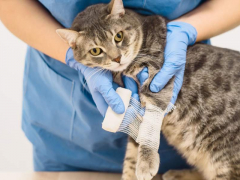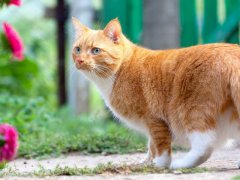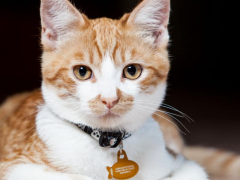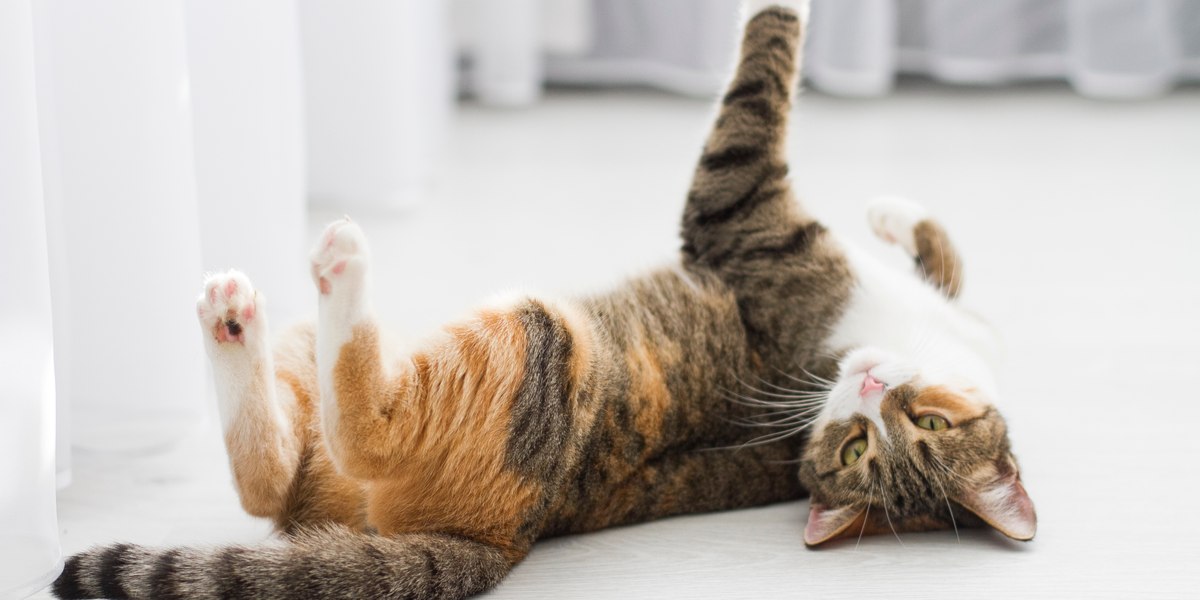
Female cats that have not been spayed will go into heat (estrus) for the first time when they hit puberty, around 4-6 months old. They will then have multiple heats each year, during the breeding season.
Cats are fertile during this part of the reproductive cycle and can become pregnant. They may also exhibit some odd, and often fairly dramatic behaviors. Cats in estrus may vocalize loudly, seek attention constantly, spray urine, and even try to escape the house! These signs can be troubling for pet owners.
In this guide, we’ll explore the stages of feline estrus, the signs that your cat may be in heat, and what you can do.
Phases of Estrous Cycle in Cats
A cat’s estrus (reproductive) cycle, also called a heat cycle, lasts on 14-21 days on average. It occurs in four stages:
Proestrus
This is a brief stage (1-2 days) which precedes estrus. The female cat may be attractive to males, but is not yet fertile or willing to mate.
Estrus
This is the fertile period of the cycle, where the female is ready and receptive to mating, and can become pregnant if mated. It lasts for 3–14 days. During this stage, your cat may show various signs, such as rolling around on the floor, showing more affection, and vocalizing. She may spray around the house or her territory to let male cats know she is ready to mate. Male cats can smell a female in heat from a mile away.
Interestrus or Diestrus
If the cat isn’t mated, the interestrus period between heat cycles lasts 2-3 weeks.
If the cat is mated and ovulates, she will enter the diestrus phase. The fertilized eggs become embryos and implant in the uterus. Pregnancy lasts 62–64 days.
Anestrus
This is the stage in which the queen is reproductively dormant: she doesn’t experience any heat cycles. Cats are seasonal breeders, and don’t cycle during the colder months with shorter day lengths. She won’t go into heat during this time, and can’t become pregnant.
8 Signs Your Cat Is in Heat
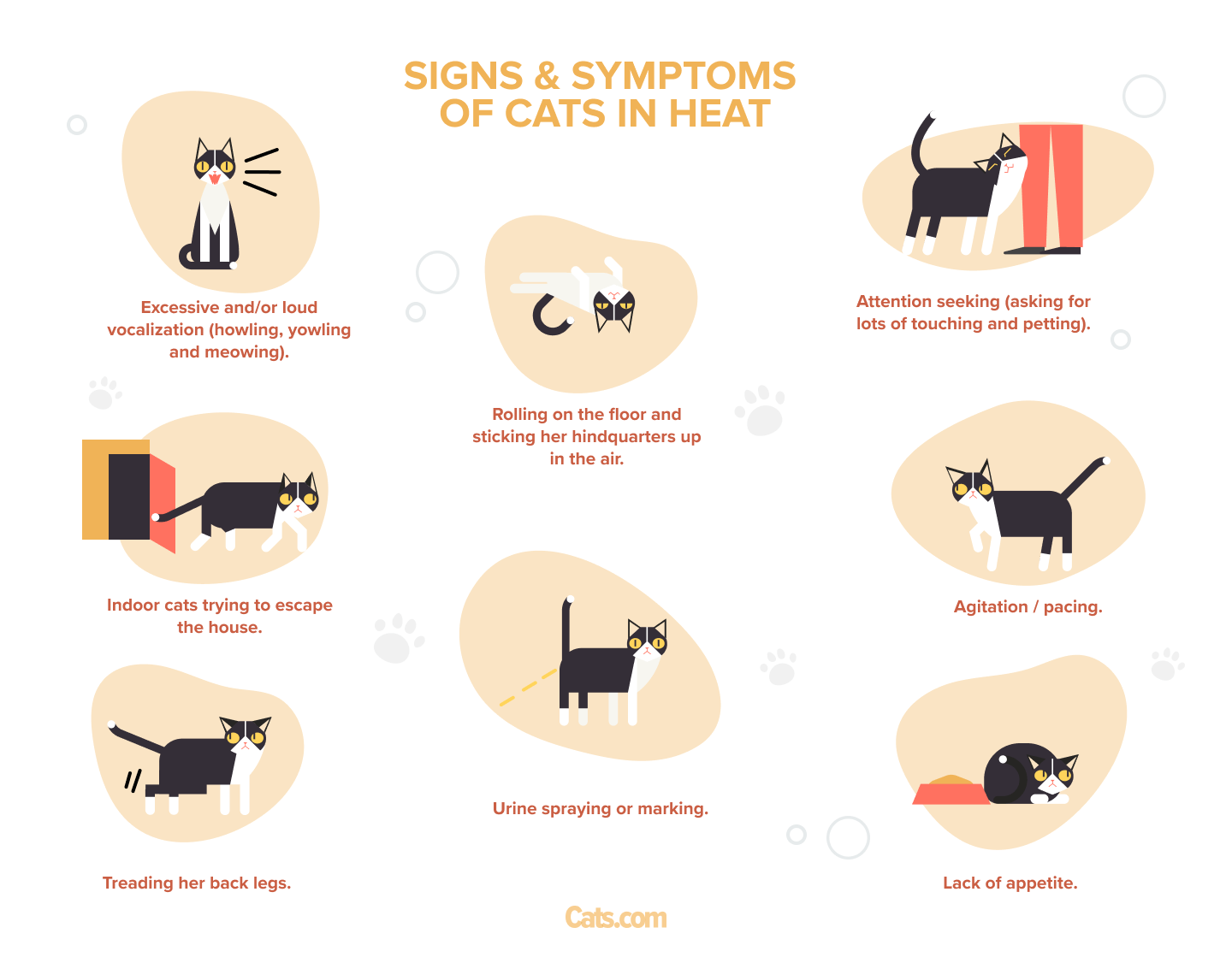
In cats, the physical signs of estrus are hard to spot. Cats don’t bleed when they’re in heat. The more obvious clues are behavioral, and can be quite dramatic! A cat will experience her first estrous cycle when she reaches sexual maturity. The exact age at which a cat goes into heat for the first time varies. It is generally around six months of age but can be as early as four months.
Signs that your cat is in heat include:
- Excessive and/or loud vocalization (howling, yowling, and meowing)
- Rolling on the floor and sticking her hindquarters up in the air
- Attention seeking (asking for lots of touching and petting)
- Indoor cats trying to escape the house
- Agitation or pacing
- Treading her back legs
- Urine spraying or marking
- Decreased appetite
What to Do When Your Cat Is in Heat
Cats in heat can show persistent, dramatic, and potentially concerning behaviors. You may worry that your cat is in pain due to their yowling and agitation, but these are all part of a normal heat cycle.
It can be hard to know what to do to help. Some ways to try to deal with a cat in heat include:
- Distracting with play, a new toy, or a treat
- Offering her catnip
- Calming aids
Unfortunately, it’s nearly impossible to stop a cat in heat from meowing, pacing, rolling around, and raising her rear into the air. You may have to simply wait it out.
Once your cat’s out of heat, spaying her will keep her from ever going into heat again.
Should You Spay Your Cat?
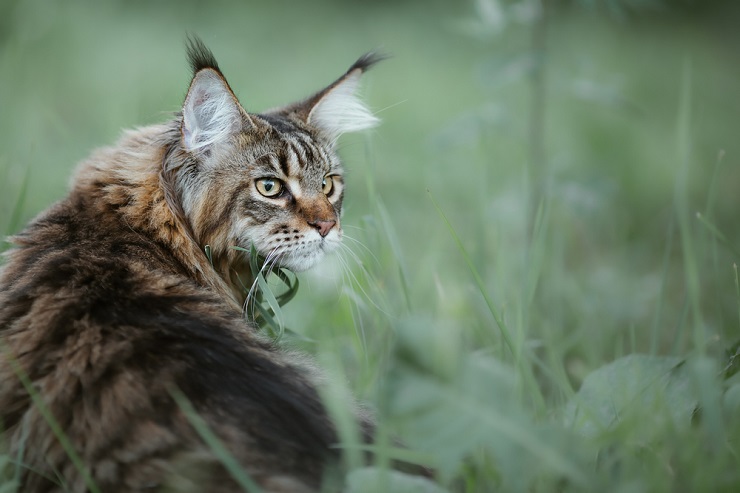
Cats in heat will constantly try and escape out to find a mate, which can be dangerous.
You can stop your cat from coming into heat and from becoming pregnant by having her spayed. This is a simple operation performed by a veterinarian, where the cat’s reproductive organs are removed via a small incision.
Intact female cats undergo multiple heats each year. During these times, they vocalize loudly, roll around, urinate on things, and constantly try to escape. If they do manage to get out, this can be dangerous, as they may roam far from home to find a mate. Pregnancy in very young cats can also be harmful to their growing bodies—not to mention the responsibility that comes with a litter of kittens!
Spaying or neutering is recommended for all cats. Cats may have 2-8 kittens per litter and can have between 2–5 litters per season. That means just one cat could potentially have hundreds of kittens in their lifetime! In addition to all the behavioral advantages, spaying also eliminates the risk of uterine and ovarian cancers and reduces the risk of other medical conditions, such as uterine infections.
